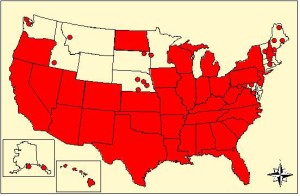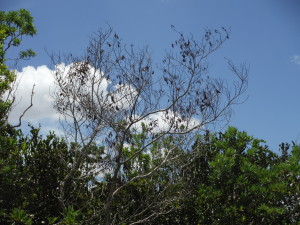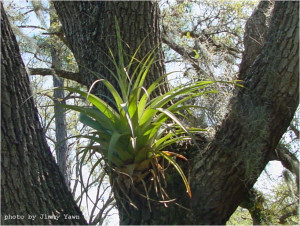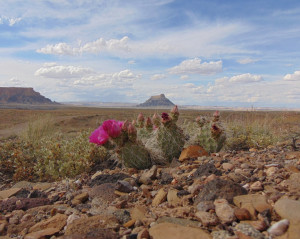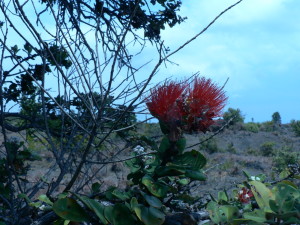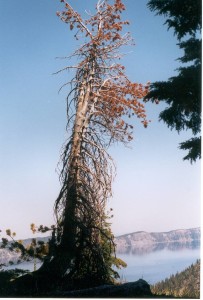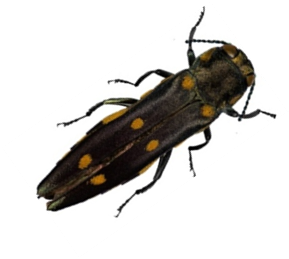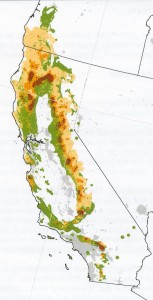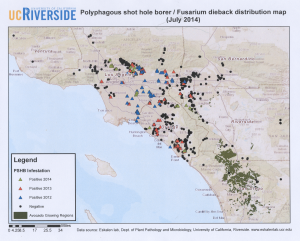After years of work, the combined efforts of many staff at federal agencies and non-profits have succeeded in placing a firewood alert message on the Reservation.gov website for all of the 3,163 federal campgrounds managed by the National Park Service, USDA Forest Service, and Corps of Engineers for which visitors can reserve a spot in advance. Only 43 federal reserveable campgrounds remain without messaging. These are managed by the Bureau of Land Management, Bureau of Reclamation, and the US Fish and Wildlife Service.
As of October 2016, visitors reserving campgrounds through the services of Reserve America or Recreation.gov for any National parks, National forests, or Army Corps reservoirs will find new information in the “Know before you go” section – a message about not moving firewood.
The messages vary somewhat by agency, but basically say: “Don’t move firewood!” They often add “buy firewood at or near your destination and burn it on-site.” Some messages include a brief explanation about the aim — to prevent or limit spread of invasive tree-killing pests. Some include a message that some states regulate firewood movement. There is a link to either the national program — dontmovefirewood.org – or to the pertinent state program, e.g., the California Firewood Task Force for National Forest campgrounds in Region 5.
Some federal campgrounds do not use the Reservation.gov system and therefore require separate efforts to improve firewood messaging. This includes several popular water-based recreation sites in the central southern states, such as the Arkansas River National Recreation Area and Oachita National Forest. Many states in this region also do not regulate firewood. [See my earlier blog contrasting management of firewood with management of boats and attached mussels or aquatic plants here and the article by Frank Koch and colleagues, referenced below.]
Those who succeeded in achieving the widespread adoption of this outreach program deserve our thanks and praise! They worked long and hard for this.
On a Less Positive Note…
Unfortunately, efforts to put a firewood certification program into place appear to have stalled.
In March 2010, in response to increasing concern across the country, APHIS issued a first-ever firewood strategy, with a number of important elements. It proposed the following:
Outreach Strategies:
- State and Federal agencies should convene a communications steering committee.
- Develop an online hub of firewood outreach materials.
- Prioritize the outreach activities.
- Use diverse methods to get consistent messages out about the risk of moving firewood.
- Support the voluntary and regulatory efforts.
Voluntary Strategies:
- Large-scale producers and retailers adopt best management practices.
- National producers and retailers adopt an industry-run national certification program with labeling and recordkeeping requirements based on best management practices.
- Public and private campgrounds make local or treated firewood available.
- Firewood consumers and small-scale local producers adopt best management practices.
Regulatory Strategies:
- APHIS should promulgate regulations for the interstate movement of firewood as soon as possible with requirements for labeling, recordkeeping and treatment based on best management practices.
- States should publish intrastate movement regulations with requirements similar to the Federal regulations for labeling, recordkeeping and treatment as needed. Moving firewood 50 miles or less would be exempt from intrastate regulations provided this does not violate any quarantine that may be in place.
- State, Federal, and private parks, forests and campgrounds should institute policies that encourage campers to use local firewood and to not move firewood out of the local area.
What has been done over the six and one-half years since the Strategy was released?
There has been tremendous progress on the outreach and voluntary strategies, with the Nature Conservancy’s Don’t Move Firewood program providing support and advice. However, these voluntary programs are inadequate without regulatory backup.
There has been less progress on the more formal certification and regulatory strategies proposed in 2010.
Geoff Friedman – a firewood producer based in northern California – reports that he has developed the software for a certification program and worked with producers to get their acceptance. However, implementing the required wood treatments and – especially – staffing a third-party certification program – would raise the cost of firewood by 50%, according to Friedman. The major retailers which sell packaged firewood – the “big box stores” – are not willing to adopt the program because of this increased cost. In the absence or regulations requiring treatment of firewood, the program has stalled. (In the East, many states already regulate firewood. However, those states’ treatment requirements vary. Friedman seems to believe that this challenge can be worked out.)
APHIS has not adopted national regulations and does not appear to be on the verge of doing so. I believe APHIS wanted to tie its regulations to the certification program that has now stalled. Eleven of the 50 states currently have their own state-specific regulations limiting the movement of firewood from other states into their state. Only two more states are known to be potentially considering legislation in 2017. Many — but not all — federal agencies have now engaged on discouraging visitors from bringing their own firewood (see above). Some National parks actually restrict visitors bringing firewood to wood that is certified by USDA – including the park with the highest number of visitors, Great Smoky Mountains National Park. However, Yosemite and other National parks in California are not among them. And these are vulnerable to goldspotted oak borer and the polyphagous or Kuroshio shot hole borers (see species write-ups here).
Worse, APHIS is actively moving toward dropping regulations trying to prevent spread of the emerald ash borer (see species write-up here). APHIS argues that with EAB now present in 30 states (although in many cases, in only one or a few counties), it is too late to try to prevent the insect’s further spread. The regulatory effort is using resources that would be better put to other strategies, such as expanding the biocontrol program. I concede that funding is tight, and likely to be cut further; and that other approaches – and other pests! – need attention.
However, the legal and logical foundation for nearly all state regulations governing firewood is the emerald ash borer. The promised federal regulation and certification program also rest primarily on the EAB risk. Many states – as well as APHIS – must base their regulation on one or more specific pests. Will these state regulations and promised federal programs survive the loss of the federal EAB regulatory program?
In any case, we are a long way from what is needed to get control of the firewood pathway. Each of the “lower 48” states should have an external quarantine. Hawai`i might need one too, if it imports firewood. (Hawai`i does import other types of risky wood products, including Christmas trees.) Also, all 50 states need internal restrictions on the distance firewood is moved. So far, only a fraction have them.
The incoming Trump Administration strongly objects to regulations, so it is highly unlikely that we will see progress on these matters in the near future.
Reference:
Koch, F.H., D. Yemshanov, R.D. Magarey, and W.D. Smith. 2012. Dispersal of Invasive Forest Insects via Recreational Firewood: A Quantitative Analysis J. Econ. Entomol. 105(2): 438-450 (2012);
Posted by Faith Campbell
Leigh Greenwood helped check the facts and dates mentioned in this blog
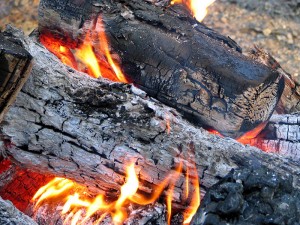
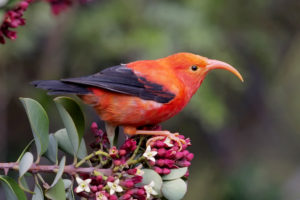
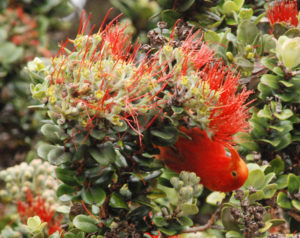

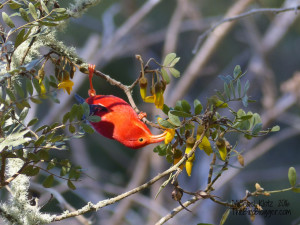
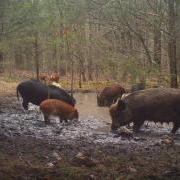 feral hogs in Missouri
feral hogs in Missouri